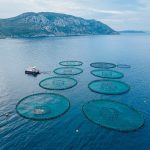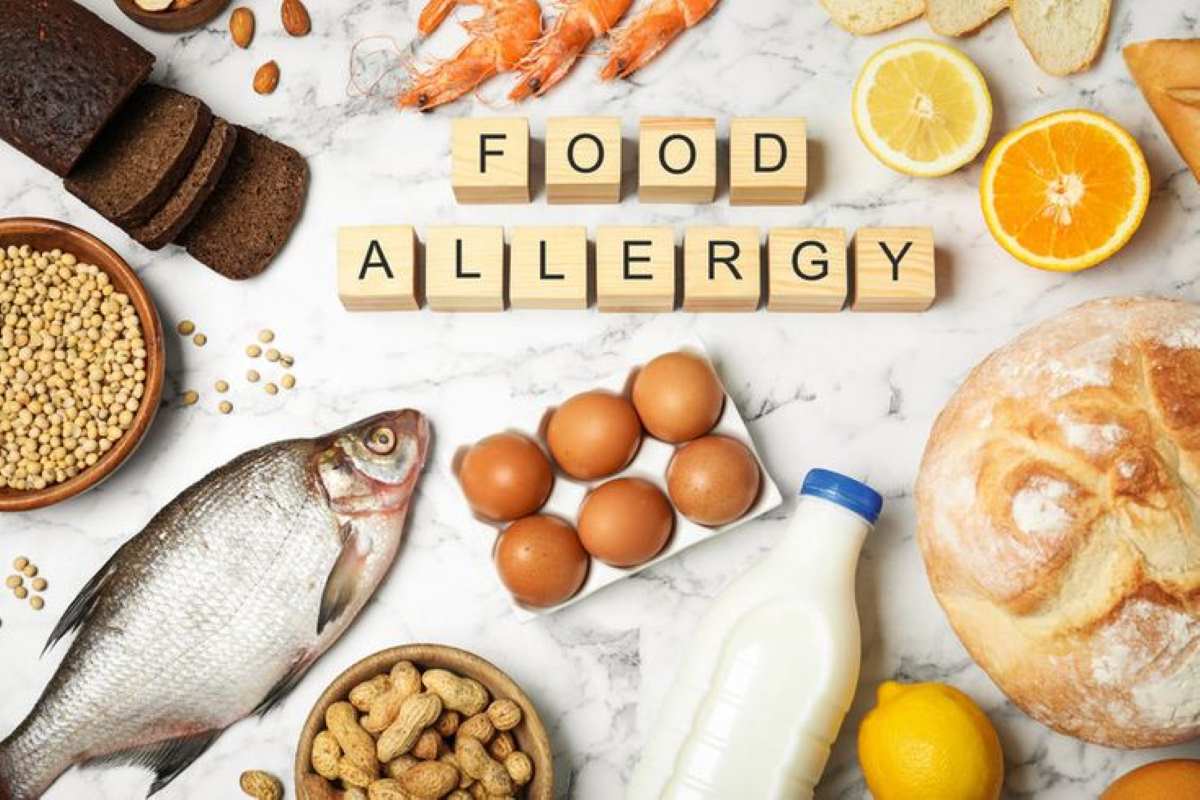Understanding food allergies can save many people from reactions to foods that don’t sit well with their system. A bite of peanut butter, and suddenly the throat tightens, goosebumps litter the skin surface, and panic starts to set in. Trust us, you don’t want this to be you.
Food allergy is an immune response to food that affects both children and adults worldwide. However, several factors could trigger food allergies.
In this article, we will explain food allergy science, what the immune responses are, and how they work. This understanding will help you pull the curtains back on whatever allergies you have.
What Is a Food Allergy?
Food allergy symptoms manifest when the immune system mistakes ingested food as a harmful material. Specific food components that trigger an allergic reaction are called allergens, and are mostly proteins. In response to the perceived danger, the body produces antibodies in the bloodstream to attack and neutralize the allergens. The body’s SWAT team then releases a chemical called histamine, which is responsible for the various allergic reactions.
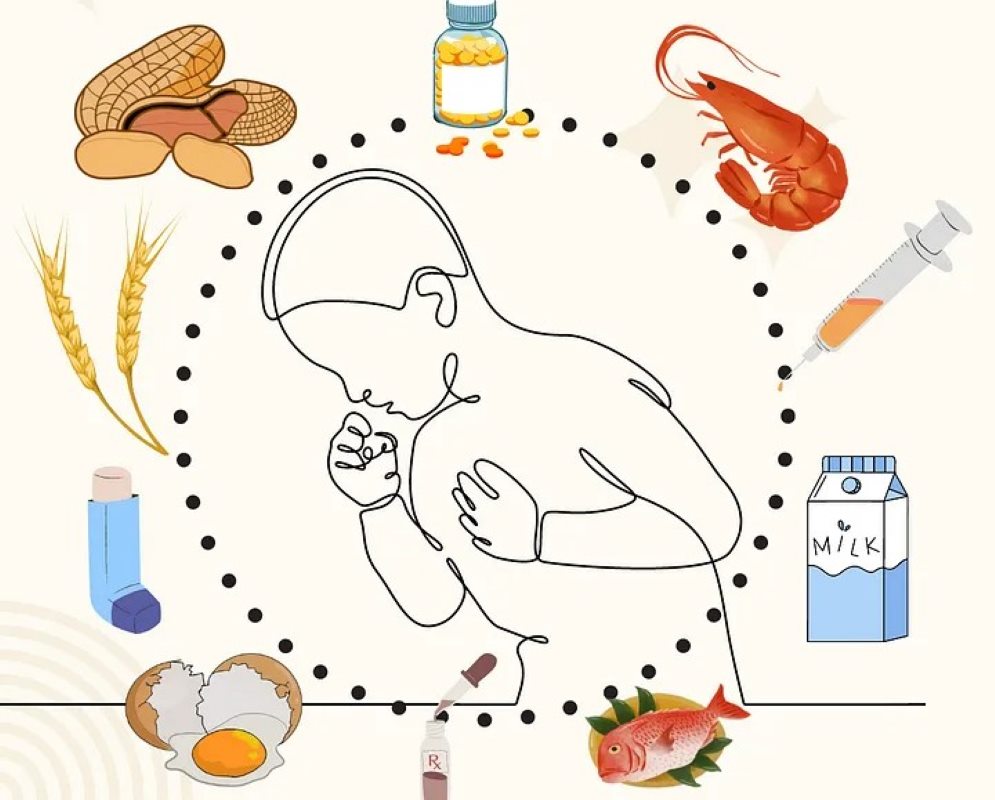
The food allergy symptoms that trail the release of histamine into the bloodstream vary across individuals. Some people develop hives, digestive discomfort, others swelling, and the most extreme reaction is anaphylaxis. Anaphylaxis triggers are foods that cause allergic reactions culminating in the constriction of the trachea. In effect, such an extreme immune response to allergens could be fatal without expert intervention.
ALSO READ: The Hidden Dangers of Artificial Sweeteners
The Difference Between Allergy and Intolerance
As explained earlier, anaphylaxis is one of the extreme cases of food allergy because it can be life-threatening. Now, someone might be wondering if there’s any relationship between food allergies and food intolerance. The table below highlights the differences between those two food-related discomforts.
| S/N | Food Allergy | Food Intolerance |
| 1. | Food allergies are reactions triggered by the immune system, which identifies a food protein as a physiological threat. | Food intolerances are discomforts of the digestive system. |
| 2. | Food allergy symptoms can be severe and sometimes fatal if unattended. Could result in tracheal contractions, also called anaphylaxis triggers. | Food intolerances are seldom life-threatening. |
| 3. | Allergies can be triggered by the ingestion of even a small amount of allergens. | Only gets triggered when large amounts of the culpable food are eaten. |
| 4. | Common food allergens are peanuts, honey, shellfish, eggs and milk. | Are often signs of underlying food sensitivities or enzyme deficiencies. |
| 5. | It can be diagnosed by testing for immunoglobulin E (IgE) antibodies in blood samples. | Intolerances can be narrowed down to specific food items by an elimination diet. |
Understanding food allergies and food intolerances makes it easy to identify each. It is easy to confuse celiac disease with a food intolerance, but such a food reaction is on a different spectrum. Unlike the allergy vs food intolerance debacle, celiac disease is an autoimmune food hypersensitivity. Each time a celiac patient eats food containing gluten, the immune system attacks the food protein in the small intestine.
Common Food Allergens Around the World
The science behind allergic reactions can be best understood by first identifying the allergen. That a person is allergic to say honey, for example, does not mean they would be averse to other potential allergens.
However, judging by the ubiquity of occurrence, some nine allergens have been touted as the most common. The ‘Big 9’ allergens are sesame, shellfish, fish, wheat, soy, eggs, milk, tree nuts and peanuts.
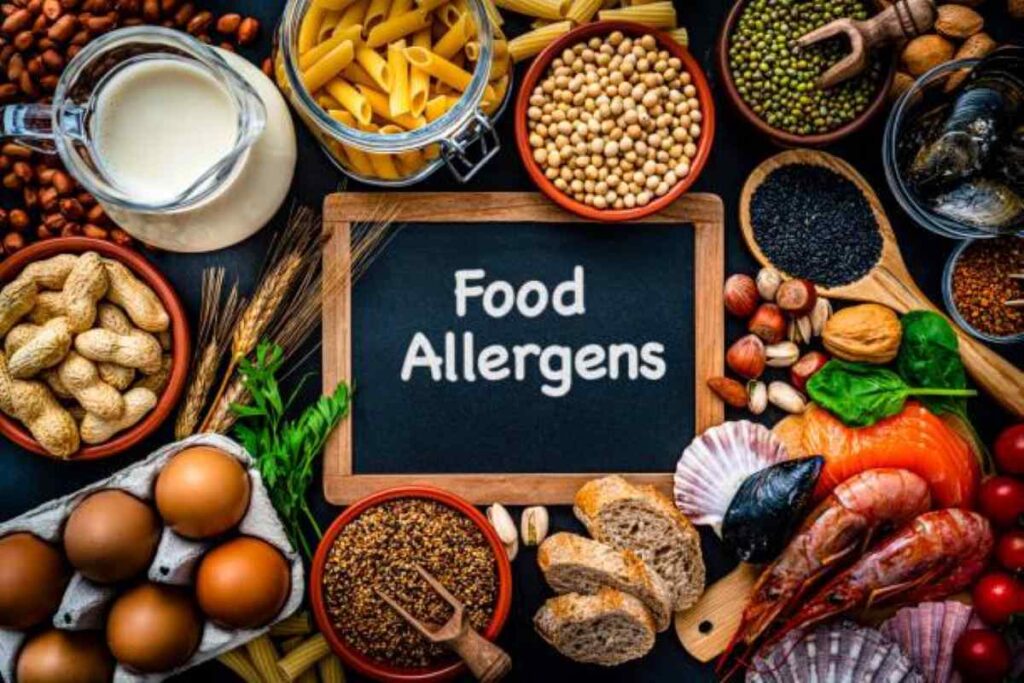
Folks who are globetrotters may find understanding food allergies from a regional perspective easy. For example, a Singaporean who enjoys eating rice may visit New York and develop an allergic reaction to the same food. “How come?” you ask. Well, turns out regional allergy differences could be a product of climate variations and their effect on food pollen types. Even the variations in dietary habits across borders and cultures could expose an individual to allergens when they travel. You can read ‘Mayo Clinic: What Causes Food Allergies’ for detailed info on allergens.
What Happens Inside the Body During a Reaction
Beyond people’s physiological experiences, what is the science behind allergic reactions? Understanding food allergies requires a strip down of the mechanism of action of the antibodies involved. The IgE antibodies that attack food allergens are primarily responsible for protection against parasitic infections. So, these biological SWAT teams mistake certain food proteins as parasites.
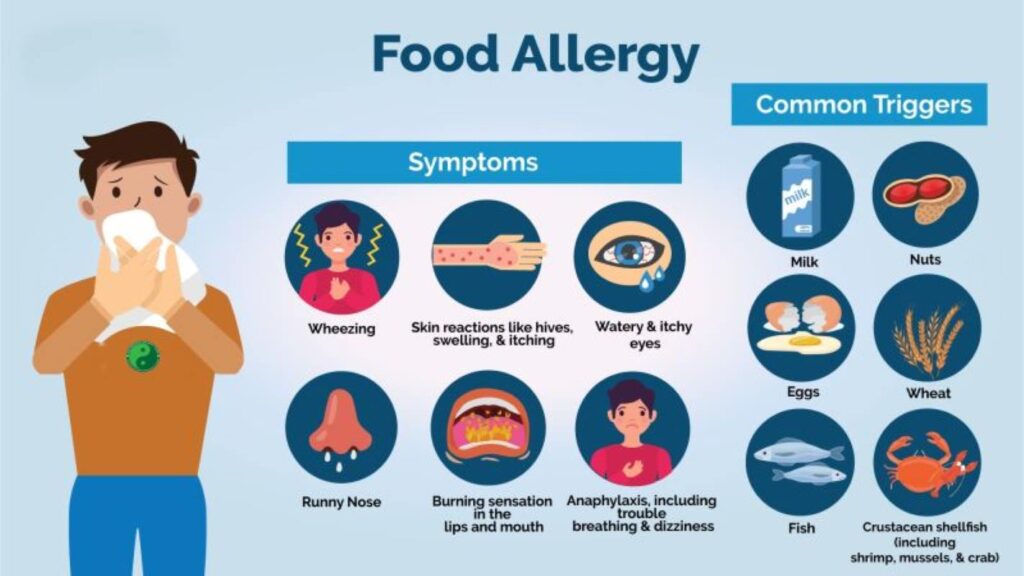
There’s usually a lag time between exposure to the culpable food allergen and the eventual reaction. The individual first ingests the food, and an allergen is identified. The body sensitizes the immune system and deploys the IgE antibodies to bind to the culpable protein. Finally, the antibodies commence the release of histamines into the bloodstream.
However, there are documented cases of individuals who have outgrown food allergies. Such recovery could be a product of a phenomenon called Immune System Tolerance. This system works similarly to vaccines, building the body’s tolerance over time via subtle desensitization. To achieve this, the allergic individual is repeatedly exposed to low levels of the allergens.
Diagnosing and Managing Food Allergies
Understanding food allergies and proper diagnosis can be achieved through a combination of methods. The standard methods of diagnosis include diet screening, blood testing for IgE levels, a skin prick test, or a detailed symptom history.
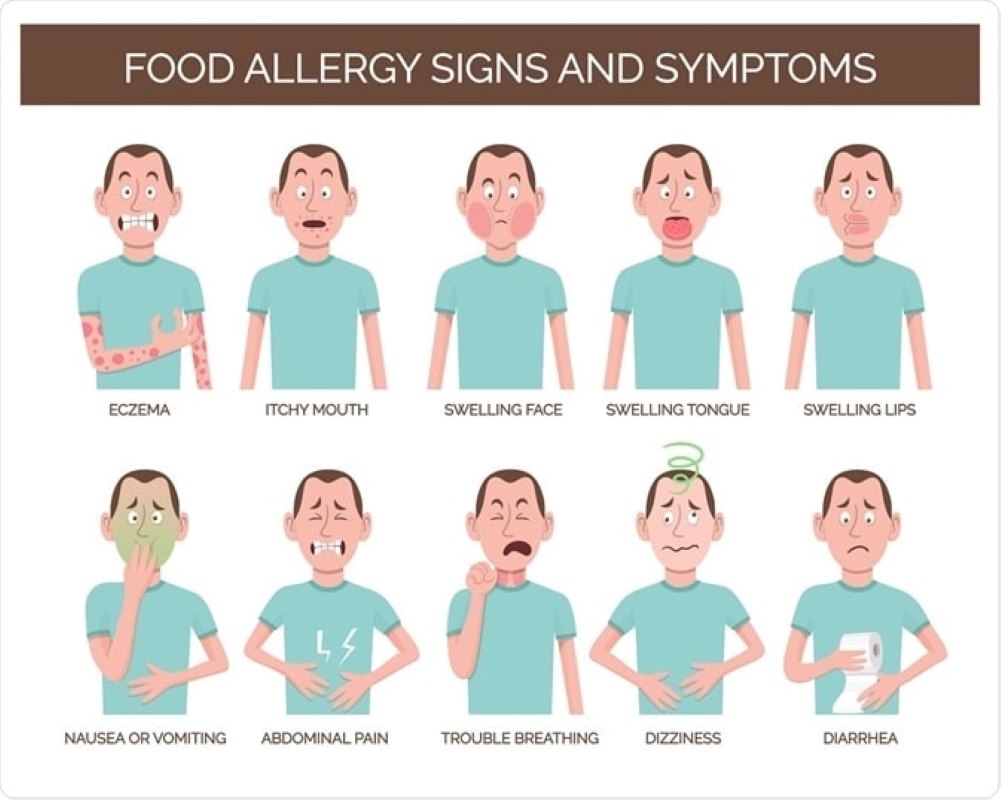
After the first allergic food reaction, patients can avoid future occurrences through precaution. For example, they could deploy avoidance strategies that involve eliminating foods with potential allergens. Similarly, a patient would want to read food labels for caveats about allergic reactions.
However, if the immune response to allergens is severe, it can be treated with emergency interventions, such as an EpiPen or antihistamines. EpiPen is an auto-injector that stalls severe allergic reactions before professional medical personnel arrive.
ALSO READ: RFK Jr. Cracks Down On US Food Companies Using Artificial Additives
The Future of Allergy Research
Active studies are being conducted on potential allergy immunotherapy treatments. If successful, immunotherapy treatments will alter patients’ responses to allergens. NIH on food allergy research and treatment discusses the efficacy of early-year exposure to allergens. For example, children who are suspected to have genetically inherited allergies are subtly exposed to small doses of the allergen at a very young age.
The gut microbiome plays a significant role in the development of food allergies. For example, the gut microbiome could help train the immune system to develop tolerance for allergens. In Muggle-speak, the gut microbiome passes a vote of confidence on an allergen, so antibodies would quit picking on it.

Scientists are pursuing vaccine and gene-targeting approaches to treating food allergy. For example, they are developing treatments that target the genes responsible for sensitizing the immune system.
To avoid the rut of oversimplification, we must here emphasise that understanding food allergies, their symptoms, and treatments can be a complex subject. So, if there’s anything you can do to help someone sidestep exposure to allergens, be empathic enough to do it. For example, if you are cooking for a large group of people and don’t know their allergy history, you may want to keep out the ‘Big 9 allergens’ from the ingredient list.
Understanding the science helps us not just treat allergies, but prevent their consequences.

